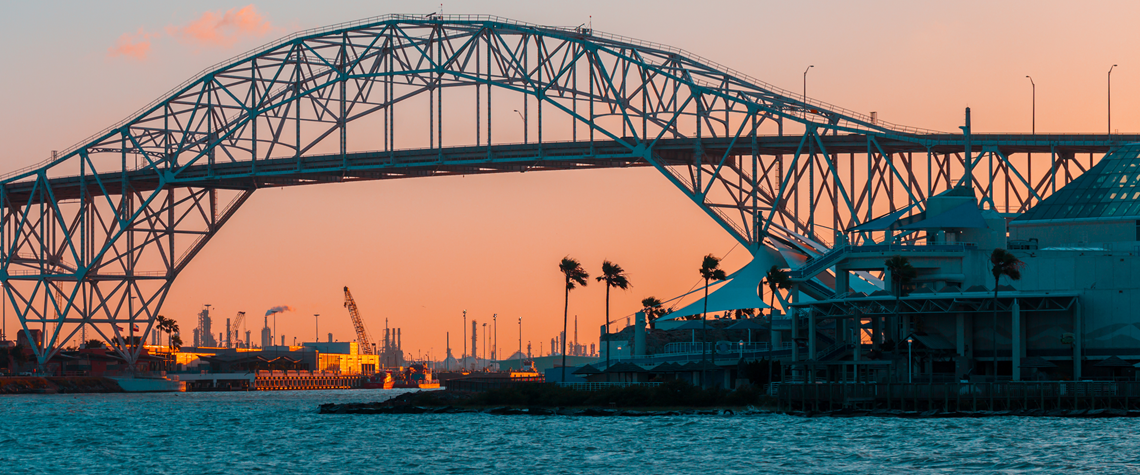Bringing VLCCs to port
Transport costs for US crude exports should fall as facilities are built to handle the largest tankers
US crude exports are already breaking records and new pipeline capacity will bring even more cargoes to sea by the end of this year. How this crude is loaded at the terminals—and the type of tanker it is loaded aboard-is about to change, promising new savings for oil exporters. Today, most US crude shipped to Atlantic Basin buyers is loaded on smaller 750,000-bl Aframax tankers. In contrast, almost all US crude sent to Pacific Basin buyers is transported using very large crude carriers (VLCCs) that can hold 2mn barrels each. Due to insufficient channel depth along the US Gulf Coast, almost all VLCCs must be reverse lightered: cargoes are initially loaded on Aframaxes, which then conduct ship

Also in this section
17 July 2025
US downstream sector in key state feels the pain of high costs, an environmental squeeze and the effects of broader market trends
16 July 2025
Crude quality issues are an often understated risk to energy security, highlighted by problems at a key US refinery
15 July 2025
Government consultations on the windfall tax and the exploration licence ban are positive steps, but it is unclear how long it will take for them to yield tangible outcomes
15 July 2025
A brutally honest picture about the potential role of oil and gas in 2050 should prompt policymakers to not only reflect but also change course to meet vital energy needs








